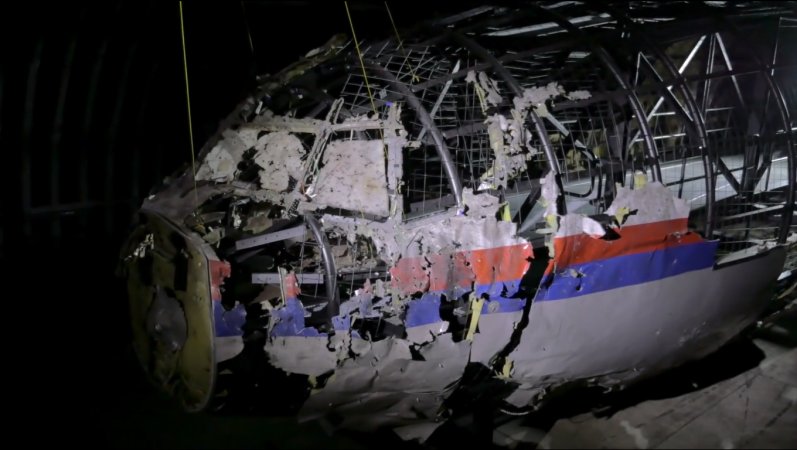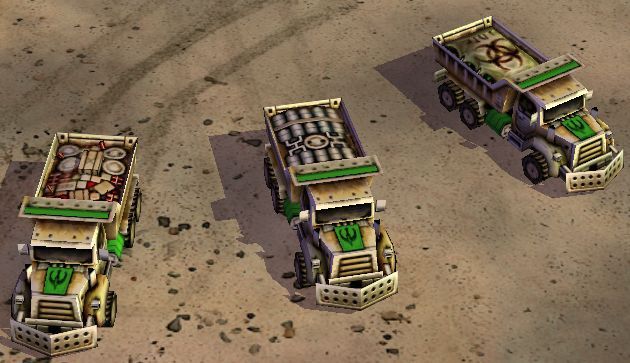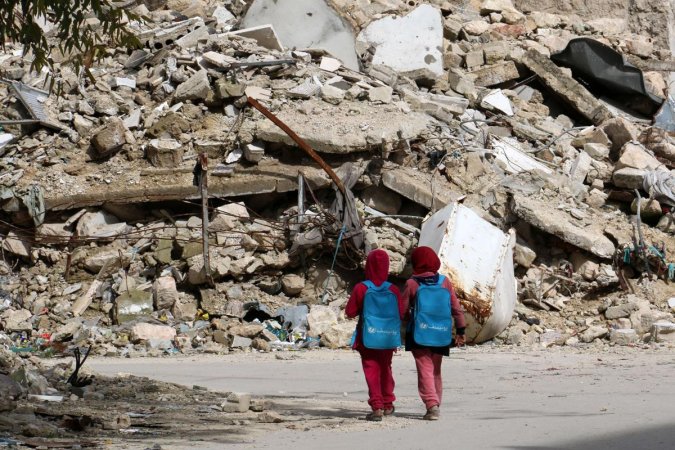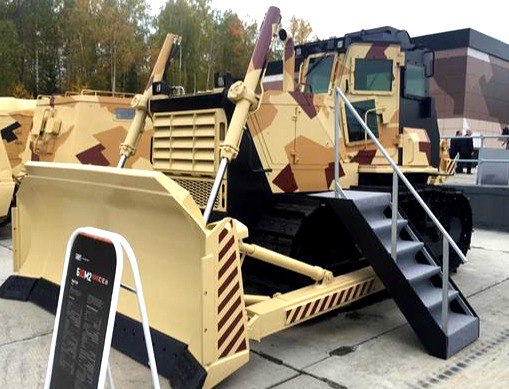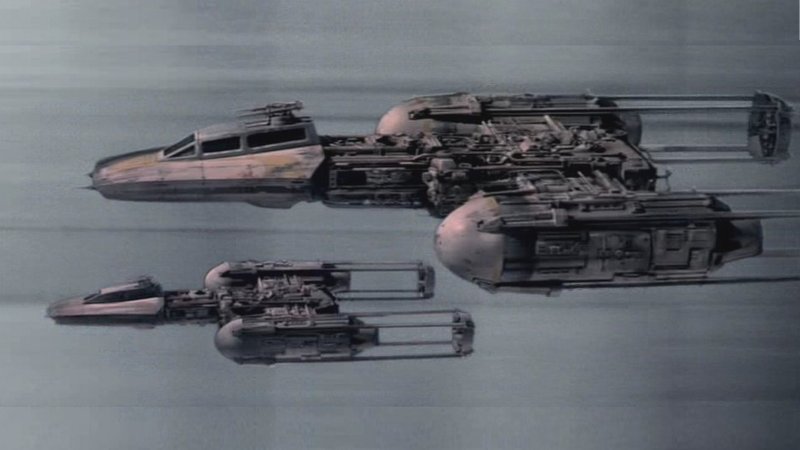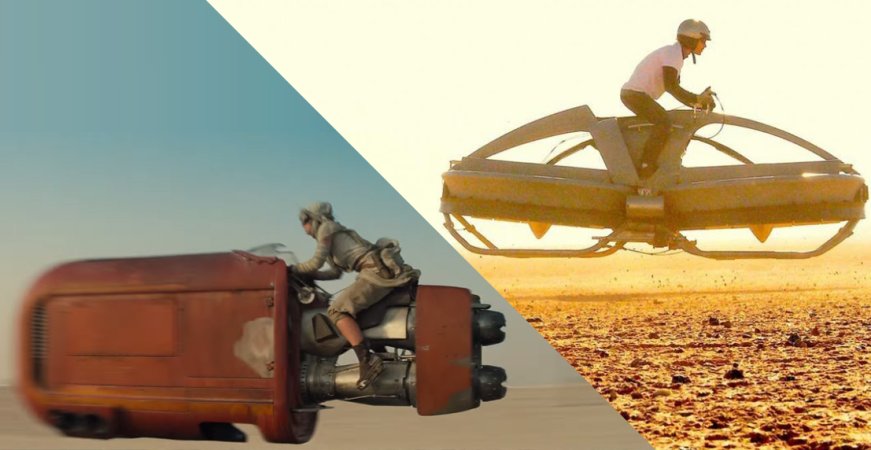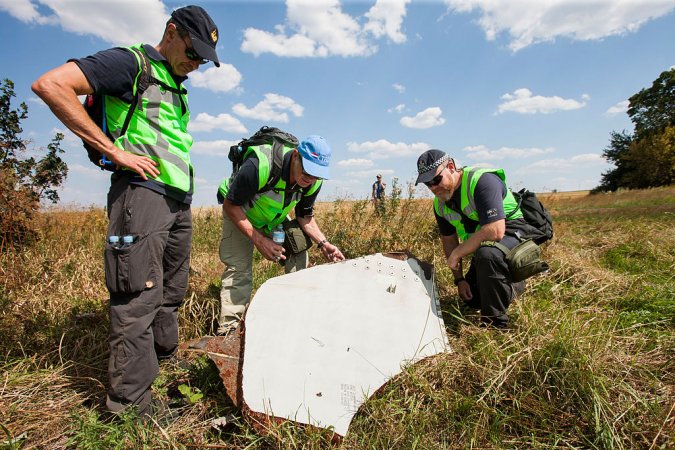

This story was published in partnership with The Center for Public Integrity. This is the ninth in a 10-part series on nuclear risk, military technology and the future of warfare in light of Russia’s invasion of Ukraine.
Russia invaded Ukraine on Feb. 24, just six weeks ago. While Russia’s positioning of forces near Ukraine was for months visible from space before the war began, what will happen next is hard to know, and the balance of forces may yet again shift. What can be said with more certainty is that however long the rest of the war takes, the war’s beginning is at an end.
Kherson, the first Ukrainian city to fall to Russia after the invasion, is no longer fully under Russian control, a U.S. defense official told the Associated Press on March 25. Contesting Kherson is one of several fronts along which Ukrainian forces have pushed back against Russia. The long-term prospects of the counteroffensive are yet to be determined.
Russia still holds significant parts of Ukraine it gained during the war, as well as the previously consolidated holds on the Donetsk region and Crimea. Pentagon Press Secretary John Kirby said at a March 30 briefing, and again March 31, that close to 20 percent of Russian forces around Kyiv are beginning to reposition, with the expectation that these forces will be used to reinforce a different front in the invasion.
Zaporizhzhia, the largest nuclear power plant in Europe, remains under Russian control. The State Nuclear Regulatory Inspectorate of Ukraine reported that, as of March 27, workers had completed repairs on a transformer damaged in a March 3 firefight. So far, the first war to take place in a country with active nuclear power plants has not led to a nuclear accident or disaster.
By leaving the bulk of forces around Kyiv in place, suggests analyst Michael Kofman, Russia will be able to keep Ukraine’s military stuck in fighting around the city. The fall of Kyiv, feared so imminent at the start of the invasion that the U.S. offered to evacuate Ukraine’s president Volodymyr Zelenkskyy, seems a distant possibility barring a significant change in Russian deployments.
Analyst Nathan Ruser of the Australian Strategic Policy Institute, who has been tracking progress of both Russian offensives and Ukrainian counteroffensives, tweeted on March 31 that “Now, every day for the past week, Ukraine has retaken more territory than it’s lost.”
The shape of war to come
When Russia invaded Ukraine, it did so with weapons designed and built for a future war against NATO in western Europe that never came. T-72 tanks, crucial to Russia’s offensive and Ukrainian counter-offensives, were never designed to target one another, but both Ukraine and Russia inherited war machines from the USSR. The choices made in designing and fielding war machines can shape conflicts decades into the future.
Among the weapons donated to Ukraine’s war effort by European nations are Soviet-made anti-air missiles, now turned against the same model helicopters they were designed to fight alongside. Rocket artillery systems, built to blast a path through NATO defenses, are now shooting at each other in drone-directed artillery strikes across Ukraine.
Those artillery systems have had devastating effects on cities, especially the heavily besieged Ukrainian city of Mariupol. Cities are complicated battlefields because they are close to civilians and the built landscape offers cover and protection for soldiers using human-portable anti-tank and anti-air weapons. The combined effect is that an assault on a city becomes a siege, and for the civilians trapped inside, survival often means trusting the same forces assaulting the city to grant safe passage out of it. On April 4, the Ukrainian Red Cross said it was unable to reach people in Mariupol.
[Related: Everything to know about Switchblades, the attack drones the US is giving Ukraine]
Arguably no category of weapon has shaped the war as much as the existence of nuclear arsenals. The Russian and American strategic nuclear arsenals, containing weapons that can cross oceans and hit cities thousands of miles away, threaten to turn any direct combat between NATO and Russia into a new World War. It is for this reason that the Biden administration has steadfastly refused to entertain suggestions of imposing a no fly zone over Ukraine.
Tactical, or non-strategic, nuclear weapons remain in the Russian arsenal, and the United States has briefed NATO members on contingency plans in the unlikely but not impossible event that they are used. These weapons, first developed and fielded in response to strategic conversations in the 1950s, persist to this day. Thousands of tactical nuclear weapons were decommissioned in the early 1990s following the end of the Cold War, but follow-up attempts at further reductions have been stymied.
[Related: Ukraine’s answer to Russian tanks involves a classic tactic: metal ‘hedgehogs’]
Nuclear arsenals, and the risk of a shooting war with NATO turning into a nuclear world war, has kept the aircraft of the military alliance out of the skies of Ukraine. In place of NATO jets, Ukraine has used existing aircraft on hand to showcase new staples of modern warfare. Drones can guide artillery strikes and launch weapons directly, winning small advantages in tactical flights.
By recording video of those battles, video that is then shared with the public, drones can also shape the perception of war. In the weeks before it was clear that Ukraine would attempt a counteroffensive, videos from Bakraytar drone strikes became a narrative hook for stories about Ukraine’s proficiency in the war. By the time Russia’s Ministry of Defense released its own drone videos to create a counter-narrative, the Bakraytar had already been immortalized in song.
Disarming the aftermath
Videos of bomb strikes on tanks become the content in Ministry of Defense tweets, while the bombs that miss and remain unexploded became heralds of future little-publicized tragedies. Unexploded bombs, artillery shells, and landmines pose a durable threat to human life during and after the war. Crews that clear fields and cities in Ukraine from the deadly detritus of the Russian invasion may encounter bombs still buried from World War II. Clearing many of those explosives may have to wait until there’s a ceasefire. When it comes, assuming Russia still holds territory, we might see the Uran-6 demining robots.
“Once there would be cease fire, I would imagine Russians would bring out their Uran-6 teams to clear the area of mines, unexploded ordinance and to make a show of their kind of modern capability,” said Samuel Bendett, an analyst at the Center for Naval Analysis and adjunct senior fellow at the Center for New American Security.
Demining and clearing explosives is one way for parties to demonstrate trust during a ceasefire. The Organization for Security and Cooperation in Europe, which has experience monitoring the terms of ceasefires in Ukraine since 2014, could be brought in as a trusted third party again. Equipped with drones, monitors can track movements and document violations, provided the drones are not jammed.
But any peace negotiations will likely happen with Russian forces still in Ukraine, a truth acknowledged by Zelenskyy, who told Russian journalists on March 29, “I understand it’s impossible to force Russia completely from Ukrainian territory. It would lead to third world war. I understand it, and that is why I am talking about a compromise.”
For other stories in the series, navigate here.
